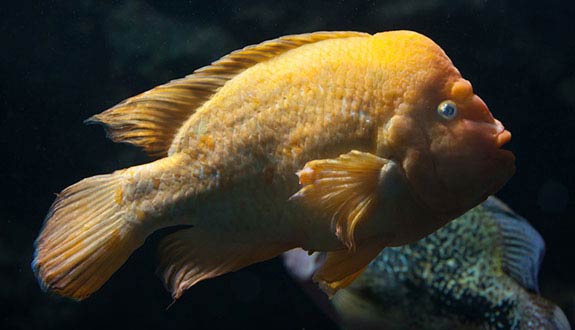

Alternative species (click on the thumbnail to see the card)
Names
Scientific name
Amphilophus citrinellus
Amphilophus citrinellum
Archocentrus citrinellus
Heros citrinellus
Heros basilaris
Cichlasoma citrinella
Cichlasoma citrinellum
Cichlasoma granadense
Herichthys citrinellus
Common name
Midas cichlid
Red devil cichlid
Origin

Origin: Costa Rica, Nicaragua
Biotope: American
Dimorphism
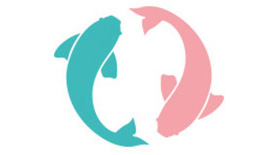
Males are larger, have a lump on the head (nuchal bump), a more rounded profile at the head and some of their fins end up in long filaments
Group
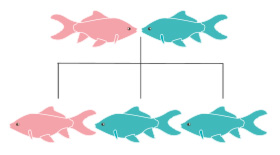
Cichlidae
Volume

Alone: 600 L / 130 imp gal / 160 US gal
Community: 1000 L / 220 imp gal / 265 US gal
Parameters

T°: 23 to 28°C or 73 to 82°F
pH: 7 to 7.8
Hardness: 10 to 17°dGH
Difficulty
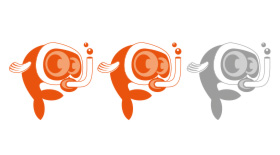
Average
Size

20 to 30cm (8 to 12")
Longevity

12 years
Living zone
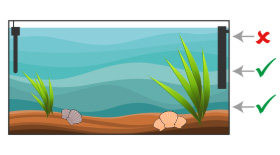
Middle and depth
Individuals
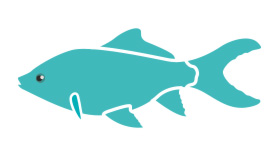
1
Food
How to feed the Midas cichlid?
Food
How to feed the Midas cichlid?
Citrinellum is very easy to feed. In the wild, it is one of the biggest predators of its environment. It will eat everything it assimilates near and far to food. Thus, you can go for a base of granules for cichlids of good quality, that you will complete with fresh, alive or frozen preys regularly. For example, distribute small shrimps, mussels, earthworms, krill, crickets.
As for the plant part, propose fresh bleached plants such as spinach, lettuce, cucumber, peas ... Spirulina tablets will also be welcome as well as foods with a high carotene content which improves the coloration of the fish.
In any case, vary the meals to avoid deficiencies and prefer to distribute several small meals a day rather than one big heavy meal.
Be careful, this fish should not eat meat from warm-blooded animals like beef or poultry. In fact, these foods, rich in protein and fat, cause in Amphilophus potentially serious digestive problems (blockage or rupture of the intestines).
Behavior
What kind of behavior does the Midas cichlid have?
Behavior
What kind of behavior does the Midas cichlid have?
Be careful, this fish has character! It is perhaps the species with the strongest character among all the great cichlids of Central America. The male is frankly territorial, very aggressive, even brawler. It does not support the presence of its congeners, whether male or female.
Cohabitation
Who can live with the Midas cichlid?
Cohabitation
Who can live with the Midas cichlid?
Given its extremely aggressive temperament, it is better to provide a specific aquarium for this fish. Moreover, the aggressiveness of the male with the female also forces not to put them in contact. It is therefore best to maintain only one Citrinellum in a specific aquarium.
If you still want to associate with other species, here are some basic tips: it is an excellent predator, so smaller species will serve as a meal. It will be necessary to choose fish among the other American cichlids, very solid species, at least of similar size. In this case, plan large aquariums of at least 1000 liters minimum (220 Imp Gal or 260 US Gal).
Breeding
How to breed the Midas cichlid?
Breeding
How to breed the Midas cichlid?
Possible with a good knowledge of the species. Breeding is done in pairs. The aquarium must be at least 500 liters (110 Imp Gal or 130 US Gal), with hiding places, flat stones and 5 to 10 cm (2 to 4 inches) of sand. The water parameters are not critical but you can start from a pH of 6.5/7 and a temperature of 24/26°C or 75/79°F.
Be careful, because of the aggressiveness of the male, put in contact the male and the female only for the breeding. The rest of the time, we advise you to separate them. To put them in contact, it is the male that must be introduced into the female's aquarium, and never the other way around.
Before spawning, the male cleans the spawning area (usually a flat stone, in a cave...). The female will deposit its eggs that the male fertilizes thereafter. Spawning may include between 250 and 1000 eggs that will incubate between 2 and 3 days. The eggs are brown, a little translucent and measure only one millimeter. After birth, the fry are sheltered in a hole previously dug by the female in the substrate. They will swim freely 6 or 7 days later. If all goes well, leave the parents there for 10 days after hatching. After this time, remove them. The fry are gray and will begin to stain when the size reaches 10 to 14 cm or 4 to 5.5 inches.
The male becomes extremely aggressive throughout the breeding season, virulently defending the territory. Pay attention to his level of aggression, even towards the female as it can be dangerous even for her. If the violence is too great, separate the couple to preserve the female.
Fry food: Artemia nauplii.
Its aquarium
Which aquarium for the Midas cichlid?
Its aquarium
Which aquarium for the Midas cichlid?
To calm its temperament, do not put your fish in a small bin. A minimum of 600 liters (130 Imp Gal or 160 US Gal) is necessary if it is alone, and at least 1000 liters (220 Imp Gal or 260 US Gal) in case of association with other species.
This species lives near the bottom of the aquarium and digs the ground. It will therefore need a good layer of fine sand to satisfy this instinct. Before putting this sand, install stones and roots to form holes and hiding places (do not put them on the sand, but against the glass of the bottom of the aquarium for stability reasons). Once your stones installed, pour the sand. If you want to have a community aquarium, arrange your scenery to create distinct and designed territories in order for the fish to be visually isolated from each other.
It appreciates the presence of many plants that reassures and offers the hiding places it needs.
Note that the Citrinellum is at home in its aquarium, and it will redo the decor as it sees fit! It digs, uproots plants, moves rocks...
Regarding the quality of the water, given its large size, Citrinellum is quite polluting. You will need to change 25 to 30% of the volume every week to keep the water clean enough. A fairly powerful filtration will ensure a good rate of oxygenation.
Good To know
Find all additional information!
Good To know
Find all additional information!
This species is known to be the genetic father of the Red Parrot hybrid species and also played a role in the birth of the Flowerhorn.
It can be confused with Amphilophus labiatus but it is slightly larger, has more pronounced colors and more fleshy lips. Be careful because there is a risk of hybridization with this species. It seems that most of the specimens sold today are hybrids of these two species. Normally, these fish are black, gray and brown which allows them to blend in perfectly with their decor.
However, about 10% of specimens have a natural orange-colored form (called xanthorism). The color may also vary according to the geographical origin of the specimens: yellowish, yellow / orange, dark gray with bands (the most common form). In the aquarium, the most common variety is creamy yellow, sometimes spotted.
Citrinellum will be offered to experienced aquarists or to amateurs who are knowledgeable about the species.
Yours photos!
Comments
Sort by:
Please login to post comments
